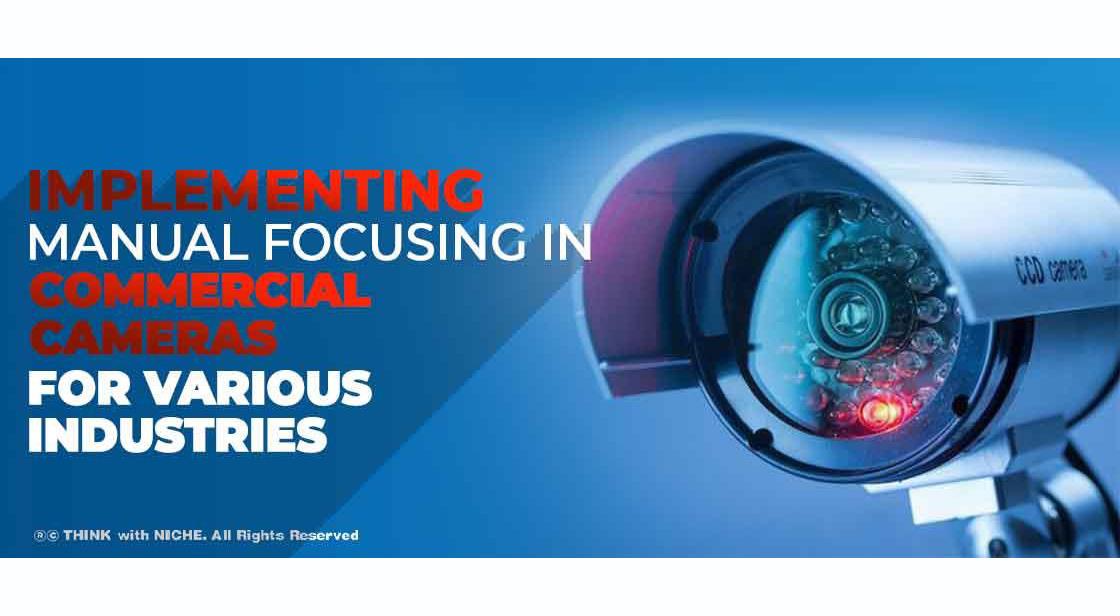Implementing Manual Focusing In Commercial Cameras For Various Industries

Blog Post
When using this camera for commercial purposes, sharper wavelet transform indicates a substantial level of clarity in the final picture. #ThinkWithNiche
You've come to the right place if you like cameras. The current will flow optical condition of a commercial camera's system series, which may be used in a normal layer or as a constant focal adjustment, is claimed to enable the software to successfully autofocus. In almost all situations, the fixation setting can be modified to meet the unique needs, resulting in precisely framed photographs.
This one-of-a-kind feature complements the typical paper-based fluid glass adjustment, allowing the lenses to be employed in a variety of settings, including implementations with varied target separation. While there are a variety of picture brightness assessment approaches available, each methodology comes with a variety of customization options, thus it's become important to adjust the dual shape and location of the selected area. These strong capabilities help determine ideal picture clarity in the appropriate attention area quickly and reliably, regardless of the function or situations of use.
By optimizing your viewfinder towards the right focal length, the focusing mechanism delivers a crisp snapshot. The fixation mechanism uses its uEye LEAF deck sensor fluid lenses adjustment to target at varied ranges. The focusing is activated mostly by the program in multimode, and it deactivates again when the maximal clarity and measurement zone was already established. In an uninterrupted control strategy, picture crispness is assessed on a regular schedule, and also the optics is re-adjusted as needed during the session. The focusing mechanism operates the sensor flexible optics inside a circular path, relying on picture computation.
The dynamic optics and chip pathway settings (such as brightness and scraping) have a significant impact on the sequences when using passive cooling fixation. As a result, the sample's brightness absorbance will be changed in the image. Any fluid optics modifications performed before the next snapshot is taken will be guided by this analysis. These significant skills aid in finding ideal picture clarity in the proper attention region quickly and reliably, regardless of the situation. Because this graphics technique somehow doesn't allow for instant calculation of something like the best concentration intensity, it's indeed essential to cycle via the complete feedback controller several instances, along with the images taken, assessment, and depth of field modification phases. The attention intensity and computed picture brightness are utilized to guide the assessment of feature pairings.
There are other methods for determining picture quality, but they are all affiliated with basic concepts. The whole concept is referred to only as 'corner hardness.' Inside the impact of professionals, a review was conducted for big grey tone changes amongst voxels. This technique highlights the borders or outlines of a picture, and the difference between them gives details about clear links. A significant level of clarity in the final picture is indicated by sharper wavelet transform.
In subsequent discovery attempts, the program will improve measured findings in accordance with the chosen peak value, then proceed to scan for shorter periods of time. Does this search come to an end unless the inertia is reduced? It's more straightforward than World Quest, yet there's a danger that any initial major discovery isn't globalized. Because the maximum crispness may be overlooked during much of the initial screening if the intended area is too large, it's best to know the exact spectrum ahead of time or use this method exclusively with a bimodal distribution severity variation.
You May Like
EDITOR’S CHOICE












